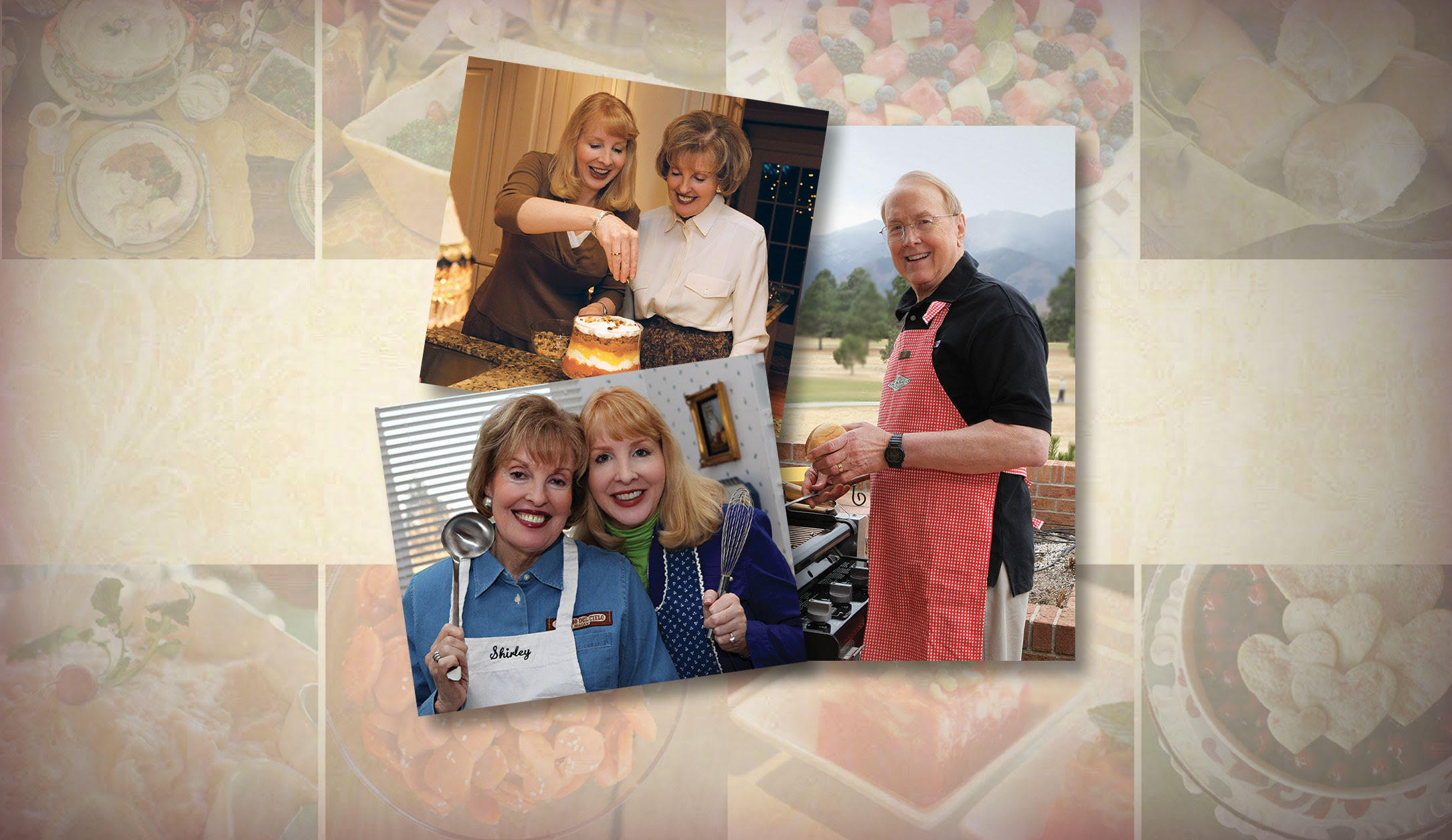Culture Challenge of the Week: The Season of ‘More’
I confess. I’m a bargain-hunter with the best of them. Why spend a dollar more when a better price is just across the mall or on the next website? I’d easily trade an extra few minutes in line (or online) for the best price on a gift that’s just perfect for someone I really love.
So, apparently, would millions of other people.
Holiday shoppers lined up for deals on Thanksgiving night, cutting dinners short to be the first through the doors at 8 pm. Black Friday brought out the bargain hunters from 6 am to midnight. Many shopped for themselves, however, and not so much for others.
Much as I love a bargain, it troubles me to see how our culture increasingly sends the message that “more” is better than “less,” even if the quest for ‘more’ stuff results in ‘less’ priority on the real treasures of life—relationships. In some families, from the anecdotes I hear, shopping ‘together’ (which means at the same time in the same mall) has replaced the Thanksgiving-time leisure of watching football, sharing leftovers, and telling family tales.
Research makes the same point: Americans sport a growing preoccupation with material goods. A recent New York Times article on the changing nature of family life in America reported on an interesting, in-depth UCLA study of double-income Los Angeles families. The researchers characterized the families as “just this side of clinically compulsive hoarders, owning ‘more material goods per household than any society in history.’”
It’s worth asking ourselves, are our closet shelves, dresser drawers, and storage bins overflowing with more stuff than we ever use? Do our hearts thrill at the sight of the ‘latest’ technological upgrade, so that visions of ownership preoccupy our thoughts? If so, how is this affecting our family relationships?
The UCLA researchers noted that these middle and upper-income families complained of the time pressures created by work, school, and social commitments. But even when all family members were at home together, they spent little time interacting, spending time “in the same room only 14% of the time.” ‘Stuff’ too easily consumes the best of our time, energy, and resources. Meaningful family life shrinks, even as the quantity of family possessions grows.
How to Save Your Family: Find ‘More’ in Less
Let’s change things up this Christmas season by finding ‘more’ in less: More giving, less cost, more joy, less stress, more creativity, and less commercialism. More depth in our relationships, and less stuff in our closets.
How do we do that?
First, let’s put gift-giving in context. Giving gifts is an excellent way to express love, so keep in mind the larger context of our gift-giving: It’s a celebration of our Father’s love and His greatest Gift--His Son. In that same spirit, we can celebrate our love of others and give the best gifts we can imagine (and afford).
Second, think creatively and personally. Spending extravagant amounts or buying gift upon gift won’t guarantee that we’ve given a meaningful gift. Set aside time to think—and pray—about each person on your list. What would make them happy, that’s in your capacity to give? Consider re-creating a memory or tailoring a gift to personal tastes in music: copy and frame a treasured photo of a beloved family member or make a playlist of big-band favorites or rock and roll classics. Make small loaves of homemade bread or muffins and deliver those to friends, special teachers, or business associates.
Finally, stop and savor your family traditions, from looking at old photo albums or family movies to cutting and trimming the tree, to baking gingerbread cookies together. It’s the time spent with one another that matters most. Jeffrey Froh, the author of Making Grateful Kids, points out that savoring small moments is a wonderful way to instill gratitude and nourish our relationships. “It’s not about having more but how we extract as much as we can from what we already have.”
That sounds like a bargain to me.












